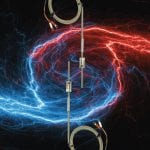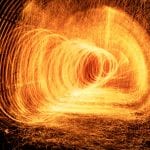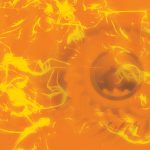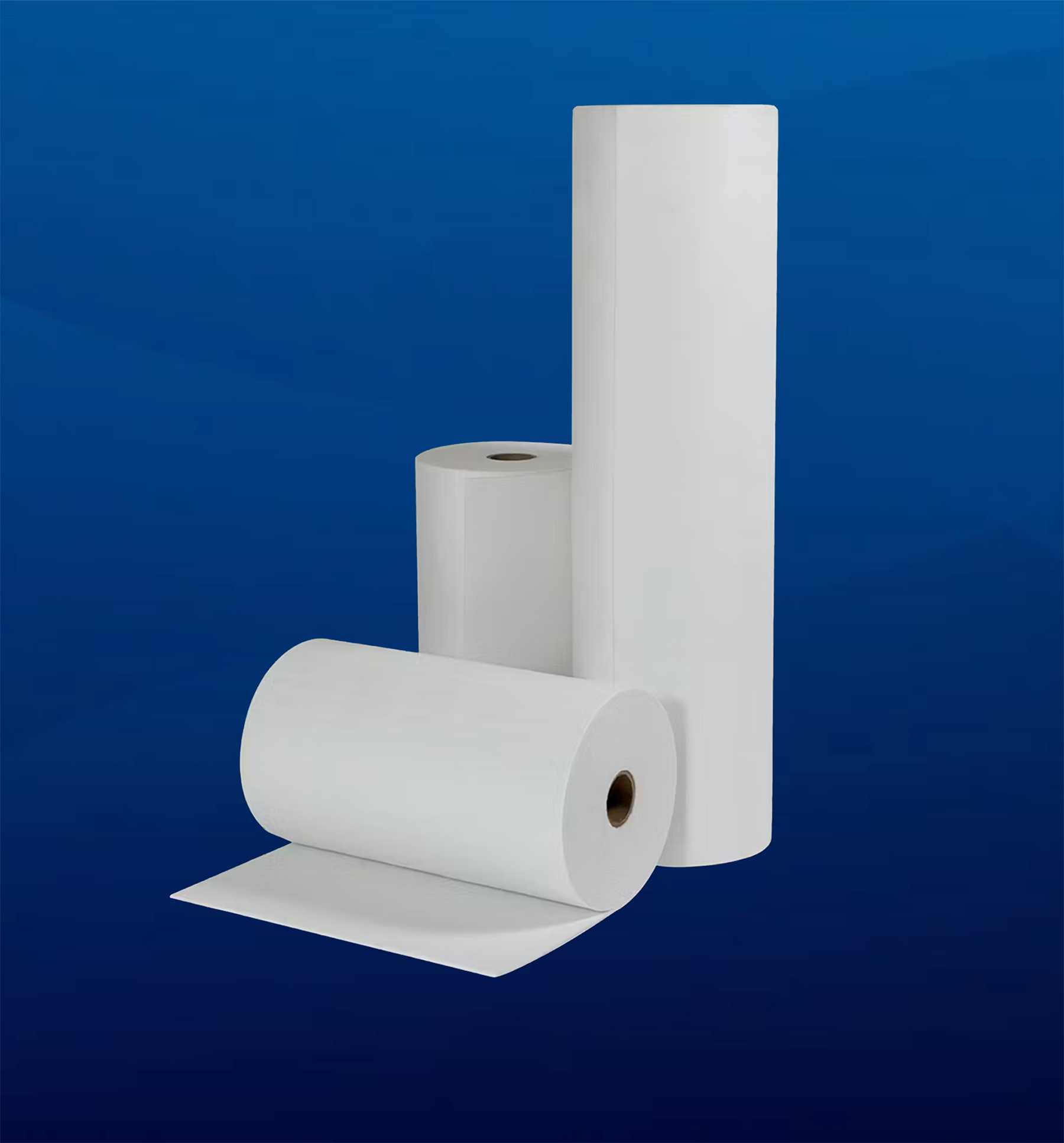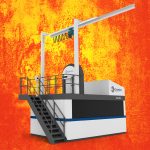When it comes to selecting the right thermocouple wire, it’s all about temperature and accuracy. It is vital to select a thermocouple wire that fits within the temperature range of your application. Why? Because a wire that doesn’t fit the required temperature range will not provide accurate temperature measurement. And this could lead to system or parts damage if the elements of your application get too hot.
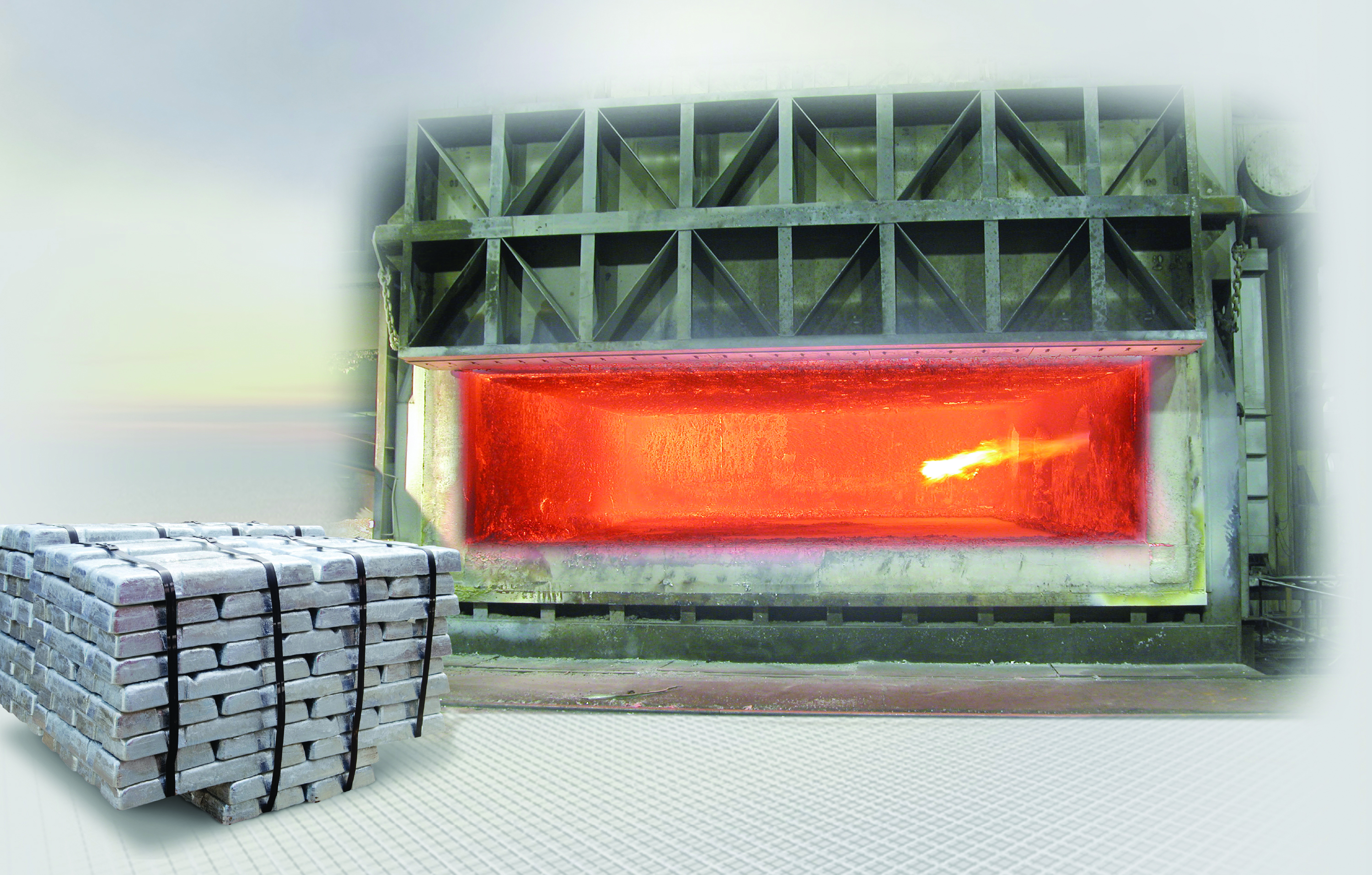
So how do you know if you’re picking the right thermocouple wire? There are three basic elements: calibration, conductor, and insulation/jacket.
Step 1: Calibration
Consider the calibration type of the instrument connected to your thermocouple wire. The calibration type of the wire must match the calibration type of the instrument. In addition, the temperature to be measured can influence the calibration type as each type has a temperature range defined by ASTM E230-03 (Table 1).
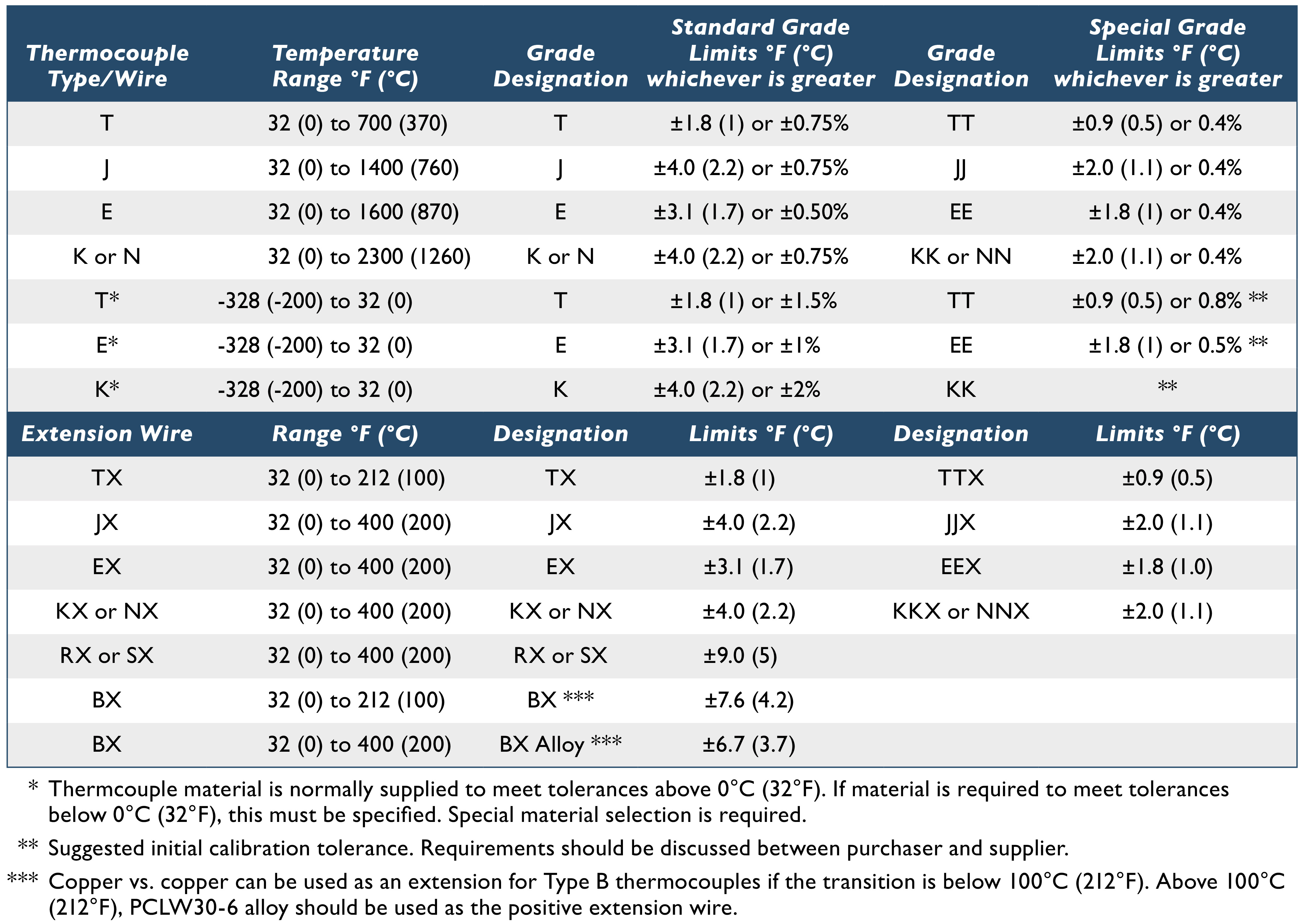
Here are some details on specific calibration types:
- Type T: Ideal for cryogenic temperatures.
- Type N: Less affected by drift than Type K at higher temperatures.
- Type J: Provides a cost-effective calibration up to its upper temperature limit.
Step 2: Conductor
Accuracy of extension grade, standard limits, or special limits. Select either a solid conductor or a stranded conductor and the desired wire gauge (AWG).
- Stranded: More expensive than solid; more flexible since they are made up of smaller diameter wires.
- Solid: Cost-effective conductor, easier to weld than stranded, not as flexible as stranded.
Step 3: Insulation and Jacket
Consider the upper and lower continuous process temperatures that will affect the wire.
The highest temperature of the process also should be considered so that the insulation can withstand it.
Insulation for abrasion resistance can be especially challenging to select. For help, consult with TE Wire for a chart that shows the relative abrasion resistance of insulations.
Consider corrosive gases or liquids that the insulation must bear.
Consider the color of the conductor insulations and the jacket (if not to the ANSI standard).

Different wire calibration types
Can different thermocouple wire calibration types be used in the same circuit? The short answer is “no.”
It is important that the entire circuit must be the same calibration type. Even if you’re using calibrated wire that has been tested in a calibration laboratory, they cannot and should not be substituted one for another. The electro motive force (EMF) output of each thermocouple type is different and unique from all other types. You want to be sure that you’ve selected the right calibrated wire for the temperature range of your application.
For example, placing a Type J with EMF thermoelectric power of about 30µV/°F into a control circuit programmed for Type K with thermoelectric power of about 22µV/°F (or vice versa) will cause significant errors in temperature reading.
This incorrect use of thermocouple wire can result in more energy use and ruined parts that must be scrapped.
If you’re unsure of the thermocouple wire you should be using, especially in high temperature heat treatment applications, consult the ABC’s of thermocouple.
The ABC’s of thermocouple wire calibration types
When it comes to thermocouple wire, there’s an alphabet of calibration types available: K type thermocouple, J type, T type, and so on. The most frequently asked question is: What do these designations mean and which type is right for a specific application?
First, you need to understand what is meant by the phrase “calibration type.” This refers to the designation name (or type) that defines the unique chemical composition of the dissimilar metals of the positive and negative thermo element bare conductors used in the thermocouple wire. Commercially available calibrations are grouped into two groups according to the conductor’s material characteristics.
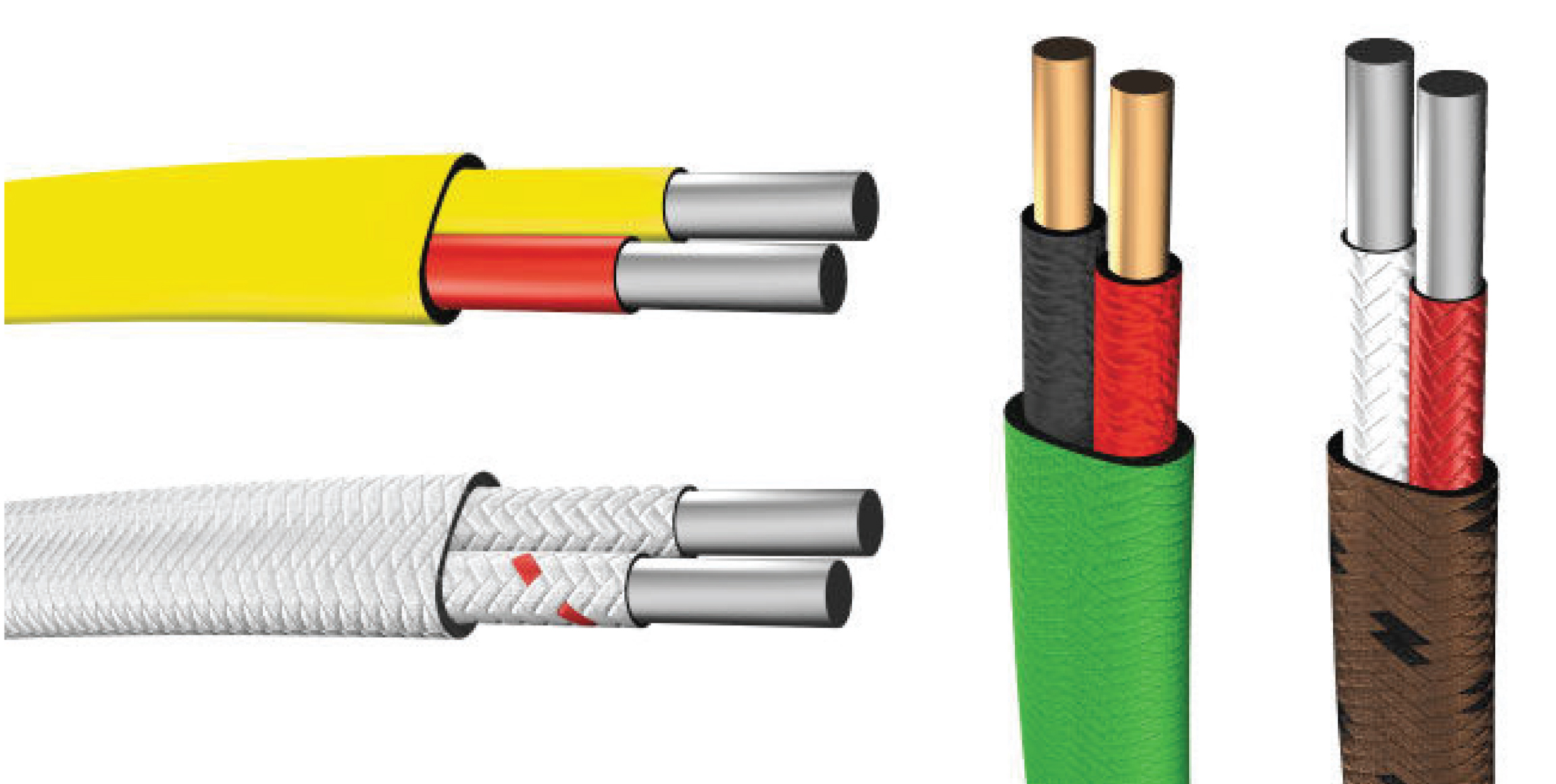 There are five base-metal thermocouple types and three noble-metal thermocouple types defined and accepted by governing bodies such as ANSI (American National Standards Institute) and IEC (International Electrotechnical Commission). The base-metal types, J, K, N, E, and T are nickel-metal based. The noble-metal types R, S, and B are platinum-metal based.
There are five base-metal thermocouple types and three noble-metal thermocouple types defined and accepted by governing bodies such as ANSI (American National Standards Institute) and IEC (International Electrotechnical Commission). The base-metal types, J, K, N, E, and T are nickel-metal based. The noble-metal types R, S, and B are platinum-metal based.
Type J: Widely used because of its versatility and low-metal cost. The positive thermoelement is 99Fe. The negative thermoelement is 44Ni/55Cu alloy. Type J is also known as Iron-Constantan. Type J bare conductors have an accepted upper temperature limit of approximately 1,300 degrees F (700 degrees C).
Type K: Also known as Chromel-Alumel, Type K is widely used for its higher temperature range. The positive thermoelement is 90Ni/9Cr. The negative thermoelement is 94Ni with alloying constituents of Si,Mn,Al, Fe, and Co. Type K bare conductors have an accepted upper temperature limit approximately 2,350 degrees F (1,285 degrees C).
Type N: Also known as Nicrosil-Nisil. It provides EMF stability superior to that of Type K at elevated temperatures. The positive thermoelement is 84Ni/14Cr/1.4Si. The negative thermoelement is 95Ni/4.4Si. Type N bare conductors have an accepted upper temperature limit of approximately 2,350 degrees F (1,285 degrees C).
Type E: Also known as Chromel-Constantan. Type E provides the largest EMF output of any base metal thermocouple. The positive thermoelement is 90Ni/9Cr. The negative thermoelement is 44Ni/55Cu. Type E bare conductors have an accepted upper temperature limit of approximately 1,600 degrees F (870 degrees C).
Type T: Preferred for sub-zero cryogenic temperatures and up to 700 degrees F (370 degrees C). The positive thermoelement is oxygen-free copper OFHC CU. The negative element is 44Ni/55Cu. Type T is also known as Copper-Constantan. Type T bare conductors are accepted temperature limits of cryogenic up to 700 degrees F (370 degrees C).
The following three types are also called Nobel metal thermocouples and consist of differing amounts of platinum and rhodium. All three are relatively expensive and susceptible to contamination at high temperatures.
- Type R and Type S: Used for high temperatures up to 2,700 degrees F (1,480 degrees C).
- Type B: Used for high temperatures up to 3,100 degrees F (1,700 degrees C).
To determine which thermocouple wire is right for your application, select one that provides a temperature rating that meets (or exceeds) the temperatures to be measured in your application.













